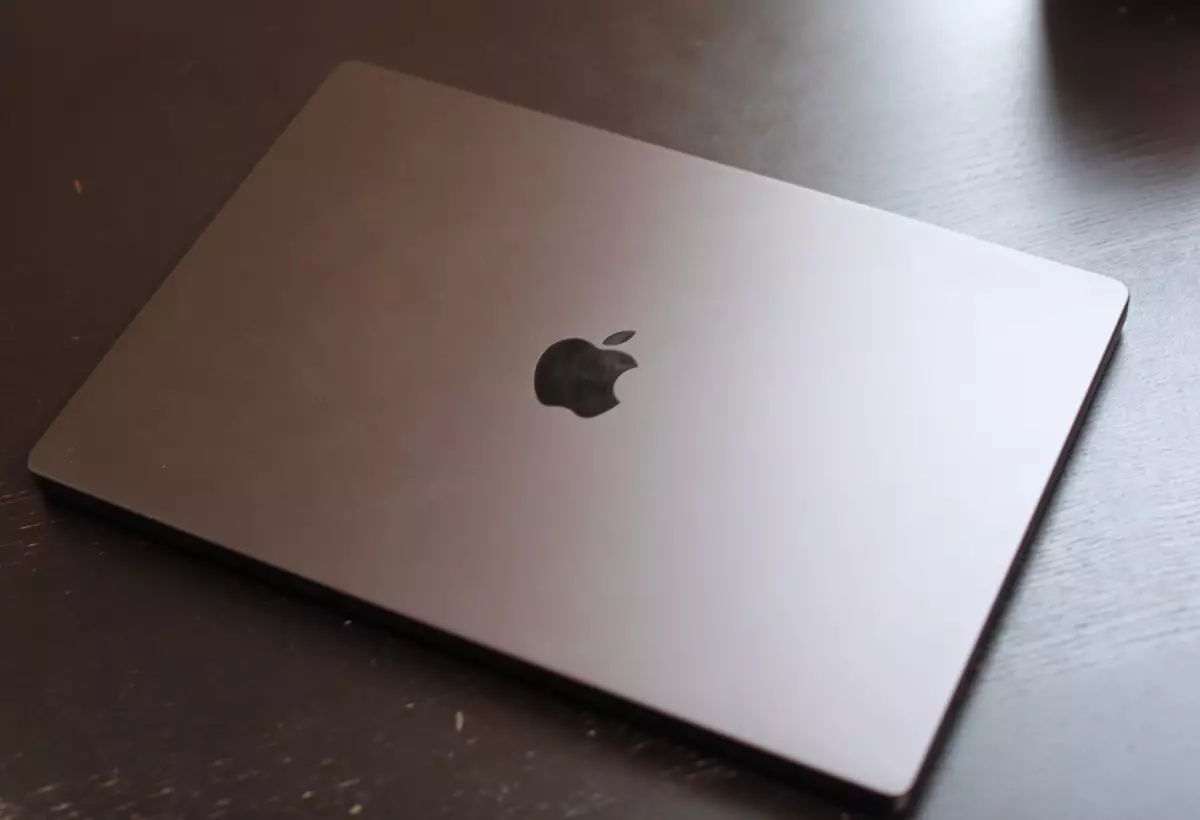In a seismic shift in the tech market, Apple witnessed a staggering dip of over $250 billion in market value, highlighting the fragility of even the mightiest corporations in the face of aggressive economic policies. The announcement of sweeping tariffs by former President Donald Trump—set to take effect in April—sent shockwaves through Wall Street, triggering a cascade of sell-offs in tech stocks. With shares plummeting as much as 8.5%, investors are clearly alarmed by the broader implications of such trade policies. This predicament extends beyond Apple, affecting a host of industry giants like Tesla, Nvidia, and Meta, all of which experienced significant share declines ranging between 6% and 7.2%.
A ‘Worst Case Scenario’ for Investors
The tariffs, characterized by Wedbush Securities analysts as “worse than a worst-case scenario,” thrust tech investors into a state of palpable anxiety. This is not merely about a downturn in stock prices; it’s a signal of deeper issues regarding globalization and America’s economic positioning. The proposed tariffs—a baseline of 10% escalating to more than 50% on imports from certain nations—will profoundly disrupt supply chains that many tech companies, including Apple, depend upon. The rhetoric from the White House suggests that such measures are positioned as a tactic to “liberate” the economy, yet many experts argue that the reality is far less romantic.
The Direct Impact on Apple’s Operations
As Apple grapples with the repercussions of these tariffs, it faces a dual dilemma: raise prices for consumers or absorb the financial blow itself. Every model of their flagship products—from the iPhone to the MacBook—emerges from manufacturing hubs located in countries like China, Taiwan, Vietnam, and India. CEO Tim Cook has endeavored to maintain a constructive relationship with the administration, but the harsh financial reality can’t be ignored. The tariffs are not merely abstract numbers; they directly affect the cost structure of Apple’s products, making each device significantly pricier.
Consumer Backlash and Market Shifts
If Apple chooses to implement price increases, it risks alienating its core consumer base—loyal users who may opt for competitors offering similar products at more affordable prices. The risk of customer alienation is compounded by the growing markets for alternatives, particularly as consumers become increasingly price-sensitive in a volatile economy. Additionally, this scenario raises questions about broader consumer confidence; as prices rise across various sectors due to tariffs, disposable income may decline, leading to a stunted tech market overall.
The Unknown Future of Tech Companies
The ongoing saga of tariffs underscores a pivotal moment for not just Apple, but the entire tech industry. Beyond simple profit-loss calculations, there’s an urgent need for reevaluation of supply chains and an exploration of more stable manufacturing partnerships. For companies that have thrived in a globalized economy for decades, these changes can be both a significant challenge and an opportunity for innovation. Thus, as investors recalibrate their expectations, they must also consider the long-term impacts of these economic policies on the tech landscape.
The unfolding effects of this tariff initiative will serve as a litmus test for tech giants as they navigate an uncertain future, balancing the need for growth with the harsh realities of economic nationalism.

